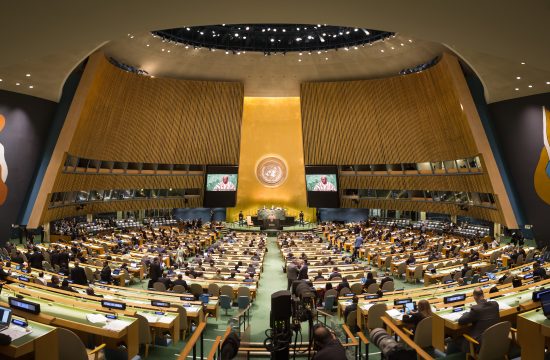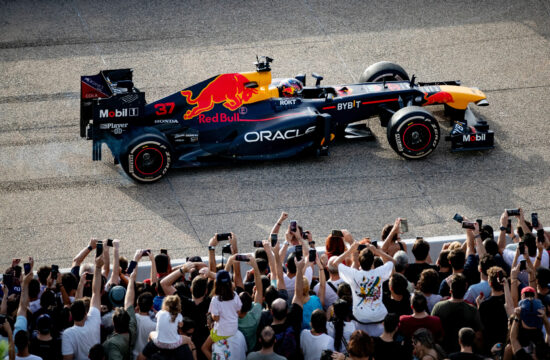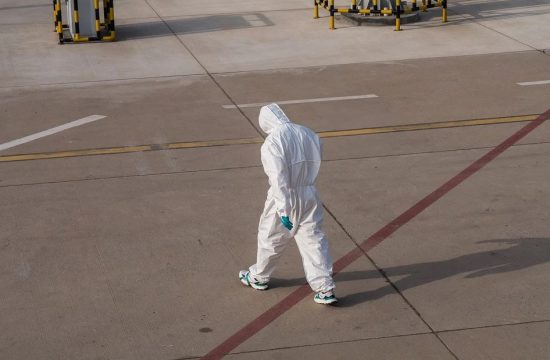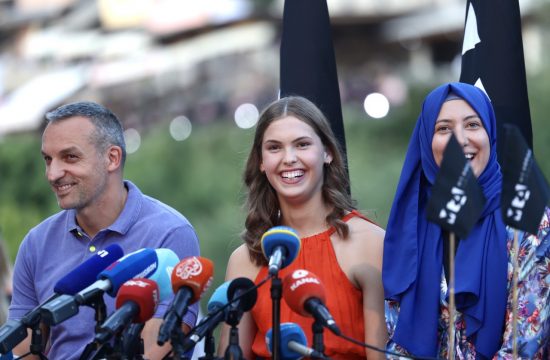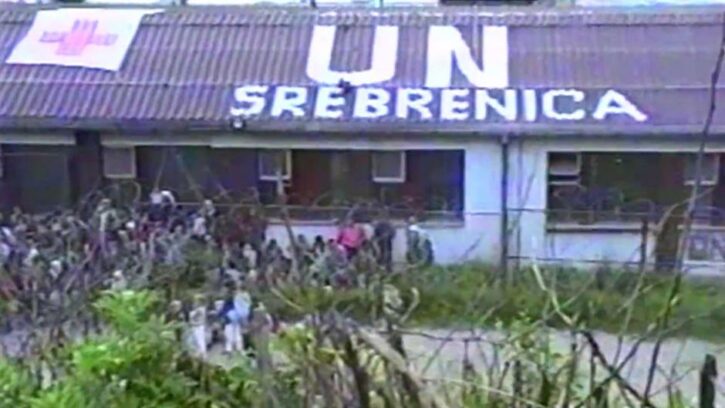
The 2004 Srebrenica Report, made by experts commissioned by the government of the Serb-dominated half of Bosnia and which the current President of the region wants to annul, says that between 7,000 and 8,000 Bosniaks disappeared between July 10 and July 19, 1995, describes the behavior of the Bosnian Serb forces and talks about mass graves.
On July 11, 1995, Bosnian Serbs overran the eastern Bosnian enclave and rounded up the town’s Muslim Bosniaks, separated men from women and little children and systematically executed some 8,000 men and boys.
The victims were dumped into mass graves, and even 23 years later, their families bury newly found and identified remains every year at a cemetery that is part of a memorial center dedicated to what two international courts said was an act of genocide.
The Government of Republika Srpska (RS), one of the two semi-autonomous regions of Bosnia created during the 1992-95 war, commissioned a team of experts to put together a report on what happened in Srebrenica in the days following July 11, 1995.
The RS Government at the time adopted the report and the region’s president called those nine days “a dark page in the history of the Serb people.”
Those who committed this crime while claiming they were doing it in the name of the nation they belong to, “have committed a crime against their own nation,” the President of the RS at the time, Dragan Cavic, stated.
But 14 years later, the current RS President, Milorad Dodik, wants the report revised, arguing it is used for political manipulations.
The report he disputes speaks of systematic killings of the prisoners, their burials in mass graves and later attempts to dislocate the bodies to other mass graves.
On July 14, some 1,000 people were killed on two meadows near the village of Grbavci. Their bodies were thrown into a mass grave dug at the site, the report said.
“On the same day, the Army of Republika Srpska transported 1,500 to 2,000 prisoners from Bratunac to Petkovci and imprisoned them in the hall of the local primary school. The prisoner’s hands were tied on the backs with wire and they were forced to take off their shoes, put on trucks and transported to the dam in Petkovci. The Army of Republika Srpska then shot them in groups of five to ten prisoners (two prisoners survived the shooting),” the Commission’s report says.
It describes each of the following days, offers numbers of the executed victims and details about the role of the Bosnian Serb general Ratko Mladic, who was years later arrested and sentenced to life in prison in a first instance ruling for genocide and other war crimes.
Dodik argues the experts who put the report together were pressured by international officials to write such a report and that most of the data is not true.

